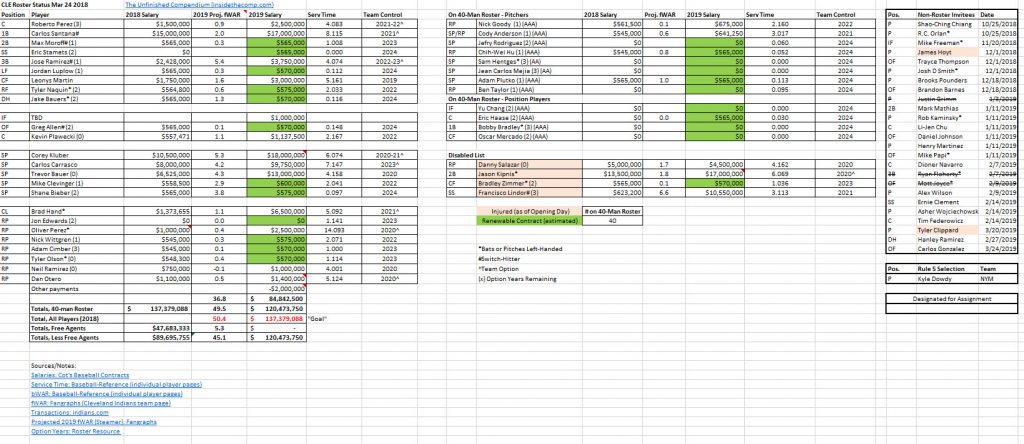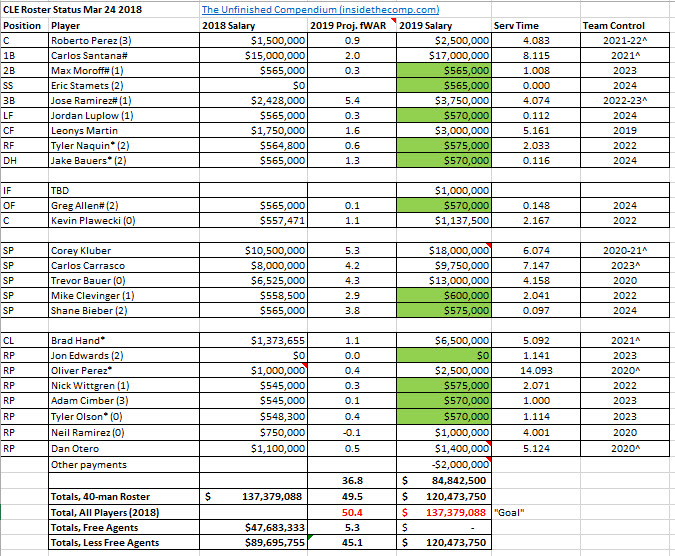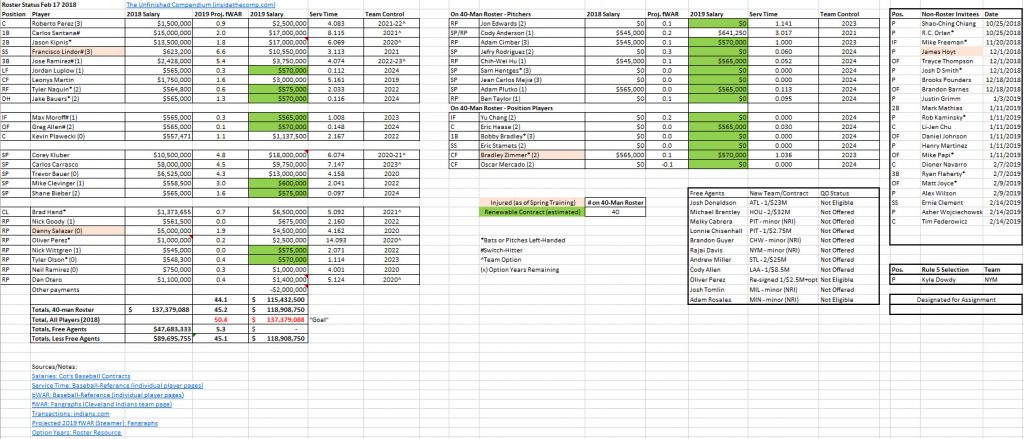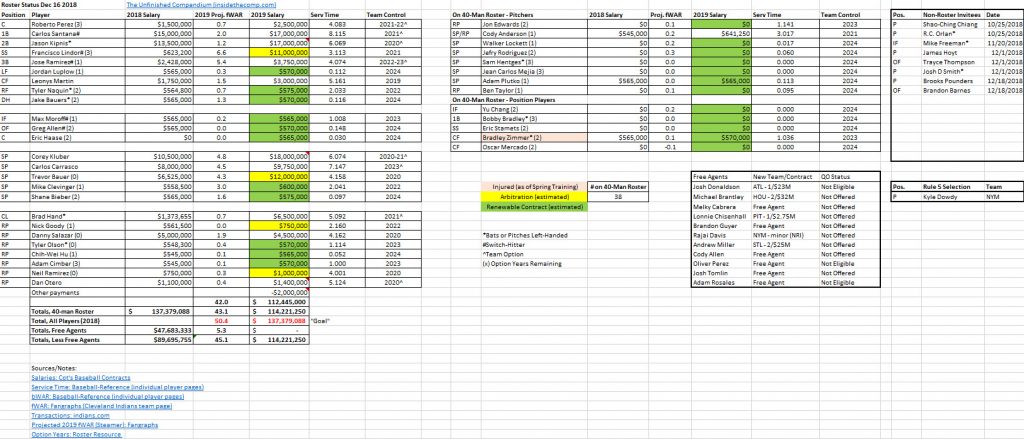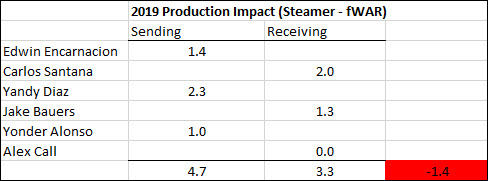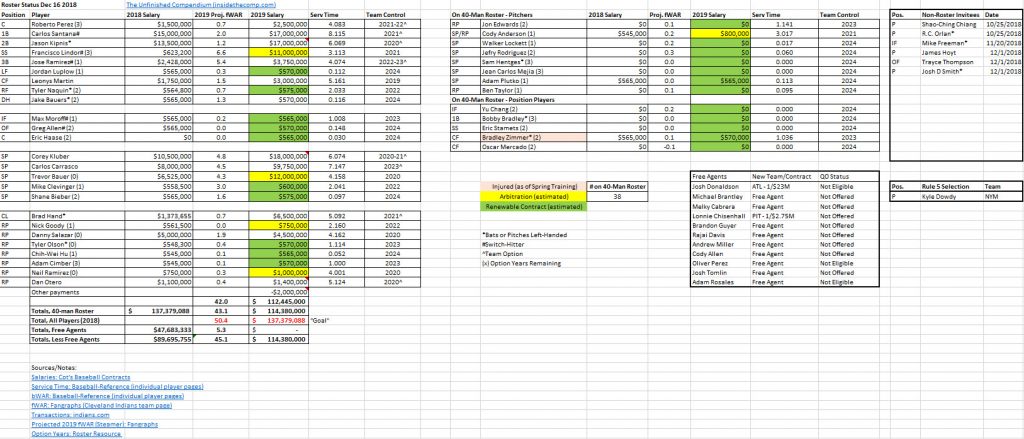On November 12th, The Athletic’s Ken Rosenthal and Evan Drellich released a bombshell piece of reporting (paywall): proof that Houston Astros, during 2017 home games, were stealing signs in real time and relaying them to the batter. Members of the team set up a monitor in the dugout tunnel that displayed a feed from center field in real time, and once they had deciphered the catcher’s signals, banged on a trash can to indicate an off-speed pitch; if a fastball was called, there was no banging. Because the banging was audible on TV broadcasts, and the article mentioned a particular incident, the allegation was easy to confirm by anyone with access to Youtube. In fact, just a couple of hours after the article appeared, Jomboy, a Internet baseball commentator, posted this fantastic breakdown on Twitter:
Before long numerous other examples were found throughout the season, and the pattern (bang for an off-speed pitch, no bang for a fastball) remained consistent throughout all the other incidents. Keep in mind also that the Astros won the 2017 World Series.
Before exploring the immediate fallout from this revelation, let’s take a step back in order to understand why these allegations are so damaging to the Astros in particular and MLB in general.
Sign Stealing: legal versus illegal
From the time signals began to be used in baseball, the other team has tried to decipher them, whether they were from the third base coach (for the batter) or the catcher (for the pitcher). The benefit of knowing for certain the type of pitch that is coming is immense for a major-league hitter. There are very few pitchers with the type of stuff that will miss bats if the batter knows the pitch ahead of time.
With that being said, it is not illegal in MLB for teams to use on-field personnel to decipher signs; for example, if a runner on second who has deciphered the pitch signs signals them to the batter and is discovered, he will not be thrown out by the umpire or even fined by the league. However, if the signals were deciphered by non-human methods or were relayed from someone who isn’t on-field personnel (a player or coach), that is illegal sign stealing. The use of a mechanical device to steal signs has been banned since 1961, and “electronic methods” were specifically banned in 2001.
The Arms Race
As video technology (particularly resolution) has gotten better, it has become much easier to see the catcher’s signs from the traditional center field feed. And so, in recent years teams have become more paranoid about having their signs being stolen, even when there’s no runners on base, or other analysis being done in real-time (such as looking at tiny differences in a pitcher’s glove between pitches to see if there’s any “tells”).
In 2014, MLB instituted the current form of instant replay, in which a manager has the ability to challenge certain calls on the field and have them reviewed by the MLB office. As part of the new process, teams now employ replay assistants whose job it is to phone the manager if he or she thinks the play is worth reviewing. The assistant is provided with real-time video feeds to make the determination to review.
“Ok,” you may be saying, “how the heck does instant replay relate to stealing signs?” The reason is that the first proven instance of electronic sign stealing came because of that replay assistant. In 2017, the New York Yankees filed a complaint against the Boston Red Sox alleging that their replay assistant was texting the pitch calls to an athletic trainer in the dugout, who would relay the calls to the batter. After reviewing the complaint, which was later publicized by the New York Times, MLB commissioner Rob Manfred issued his findings and punishment:
September 15, 2017 (edit: remember this date!) Baseball Commissioner Robert D. Manfred, Jr. issued the following statement today: "Several weeks ago, the New York Yankees filed a complaint with the Commissioner's Office alleging that the Boston Red Sox violated certain Major League Baseball Regulations by using electronic equipment to aid in the deciphering of signs being given by the Yankees' catcher. The Commissioner's Office has conducted a thorough investigation of the allegation. Today, I am prepared to disclose the results of that investigation. "At the outset, it is important to understand that the attempt to decode signs being used by an opposing catcher is not a violation of any Major League Baseball Rule or Regulation. Major League Baseball Regulations do, however, prohibit the use of electronic equipment during games and state that no such equipment 'may be used for the purpose of stealing signs or conveying information designed to give a Club an advantage.' Despite this clear Regulation, the prevalence of technology, especially the technology used in the replay process, has made it increasingly difficult to monitor appropriate and inappropriate uses of electronic equipment. Based on the investigation by my office, I have nonetheless concluded that during the 2017 season the Boston Red Sox violated the Regulation quoted above by sending electronic communications from their video replay room to an athletic trainer in the dugout. [snip] "Taking all of these factors as well as past precedent into account, I have decided to fine the Red Sox an undisclosed amount which in turn will be donated by my office to hurricane relief efforts in Florida. Moreover, all 30 Clubs have been notified that future violations of this type will be subject to more serious sanctions, including the possible loss of draft picks.
The punishment meted out to the Red Sox, an undisclosed fine, was in my opinion much too lenient for the severity of the violation. Knowing what pitch is coming is a massive advantage, particularly in a close game. Manfred, did, however, issue a warning that further violations would be met with more severe penalties.
Please note that Manfred’s statement was issued on September 15, 2017. The incident covered by Jomboy above happened a week later on September 22. So the Astros were violating the rule even after Manfred issued his warning.
Fast forward to the 2018 postseason. The Cleveland Indians were swept by the Astros in the ALDS, but after the series, Jeff Passan of Yahoo! Sports broke this story:
HOUSTON – The Boston Red Sox were warned that a man credentialed by the Houston Astros might try to steal signs or information from their dugout after the Cleveland Indians caught him taking pictures of their dugout with a cellphone camera during Game 3 of the American League Division Series, sources with knowledge of the situation told Yahoo Sports. A photograph obtained by Yahoo Sports showed a man named Kyle McLaughlin aiming a cell phone into Cleveland’s dugout during the Indians’ 11-3 loss that ended their season. McLaughlin was the same man caught taking pictures near the Red Sox’s dugout during Game 1 of the AL Championship Series, which was first reported by the Metro Times. McLaughlin was removed by security in Cleveland and Boston, sources said.
Click through to the article to view the photograph. This incident again prompted an investigation by MLB, and once again there were no real consequences:
"Before the postseason began, a number of Clubs called the Commissioner's Office about sign stealing and the inappropriate use of video equipment. The concerns expressed related to a number of Clubs, not any one specific Club. In response to these calls, the Commissioner's Office reinforced the existing rules with all playoff Clubs and undertook proactive measures, including instituting a new prohibition on the use of certain in-stadium cameras, increasing the presence of operations and security personnel from Major League Baseball at all Postseason games and instituting a program of monitoring Club video rooms. "With respect to both incidents regarding a Houston Astros employee, security identified an issue, addressed it and turned the matter over to the Department of Investigations. A thorough investigation concluded that an Astros employee was monitoring the field to ensure that the opposing Club was not violating any rules. All Clubs remaining in the playoffs have been notified to refrain from these types of efforts and to direct complaints about any in-stadium rules violations to MLB staff for investigation and resolution. We consider the matter closed."
The justification of “we were just seeing of the other guy was cheating” seems laughable on its face, but the commissioner somehow bought it. At least in the immediate aftermath, while the postseason was still ongoing.
After the season, MLB instituted several new rules regarding electronic devices. They included:
- Banning all non-broadcast cameras from foul pole to foul pole
- The only live game feed will be provided to the team’s replay booth, and a trained MLB employee will ensure there is no illegal communication between the replay booth and the dugout or field of play. All other game feeds will occur on an eight-second delay
- No television monitors will be allowed between the clubhouse and the dugout.
In retrospect, these rules were designed to stop exactly the type of scheme the Astros were using in 2017. Houston installed a camera in center field (bullet point one), had installed a TV monitor between the clubhouse and the field (point three) and were giving the batter the signs in real time (point two). So I think MLB had some inkling that this type of cheating was going on: they perhaps just didn’t have any evidence.
Until last week.
Crime and Punishment
That brings us up to the Athletic report. After the article dropped, the Houston Astros announced that were cooperating with MLB on an investigation into the allegations, and would make no other comment (which is an improvement on how they handled the Brandon Taubman incident):
Regarding the story posted by The Athletic earlier today, the Houston Astros organization has begun an investigation in cooperation with Major League Baseball. It would not be appropriate to comment further on this matter at this time.
This placed the ball back in Manfred’s court. He had let the Red Sox off with a fine in 2017, then did nothing regarding the Astros employee in the 2018 postseason. This time his rhetoric was different:
"Any allegations that relate to a rule violation that could affect the outcome of a game or games is the most serious matter," Manfred said. "It relates to the integrity of the sport. In terms of where we are, we have a very active -- what is going to be a really, really thorough investigation ongoing. But beyond that, I can't tell you how close we are to done."
He also said that the Astros were the only team MLB was currently looking at, but later said:
“We are going to investigate the Astros situation as thoroughly as humanly possible,” Manfred said after the conclusion of the owners’ meetings. “That investigation is going to encompass not only what we know about ’17, but also ’18 and ’19. We are talking to people all over the industry. Former employees, competitors, whatever. To the extent that we find other leads, we’re going to follow these leads. We will get to the bottom of what we have out there in terms of what went on to the extent that it’s humanly possible. I just can’t speculate beyond that.”
So although this investigation may start with the Astros, it may not end there, which is as it should be. Even if it turns out that the Astros had the most sophisticated method, any team that utilized electronics should be punished. It is critical that fans have faith that the game they are watching is being played within the rules, and that one team does not have an unfair advantage over the other.
That takes us to the topic of punishment. Twice now (in the 2017 Red Sox statement and the pre-season rules in 2019) teams have warned that violation of the sign stealing rules could result in the loss of draft picks or similar punishment. Craig Edwards of Fangraphs looked at Manfred’s history of punishments for organizational violations and came away with these broad criteria:
- Is this the first time a team has been penalized for breaking the rules?
- Was the organization cooperative with MLB’s investigation?
- How high up the organizational chain does the knowledge and activity go?
As an example, he examines MLB’s investigations into international signing violations. In 2016, the Red Sox were punished for violating the signing rules by not being able to sign any international free agents for a year and by having those players that were signed illegally declared free agents. A year later, the Atlanta Braves broke those same rules, and not only were they punished with a greater loss of international signing caps, but Braves general manager John Coppollela was banned for life and another member of the front office was suspended for a year.
So if it is found that the Astros front office participated in, or at least knew about the illegal sign stealing, I would expect a similar type of punishment that the Braves received, with the team losing multiple draft picks, and suspensions of front office personnel, coaches, and players involved in the scheme. If there is evidence that the Astros used this scheme (or something similar to it) in the 2017/2018/2019 playoffs, the punishments would escalate even further.
One of Manfred’s roles as commissioner is to protect the institution, and that means he should come down hard on any individual or organization that places the existence of the sport in any kind of danger. This sign stealing scandal does in my opinion rise to that level.


